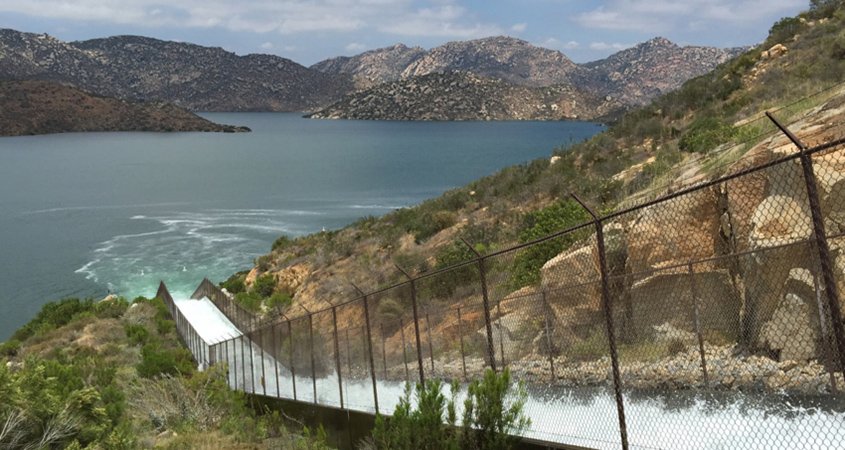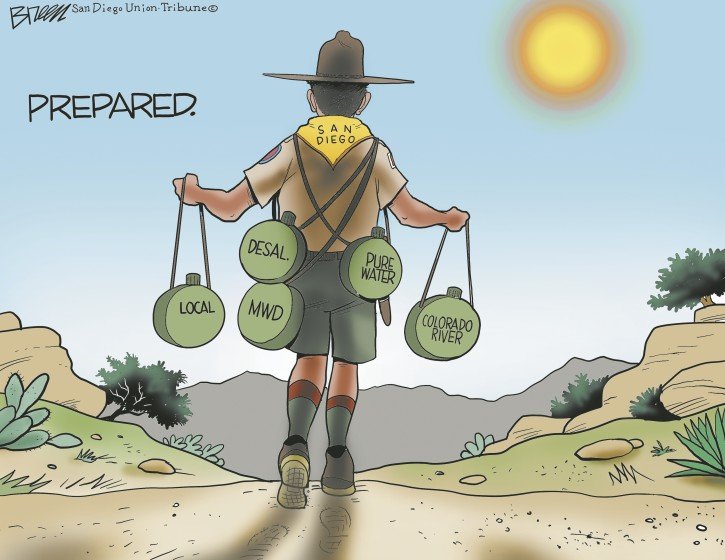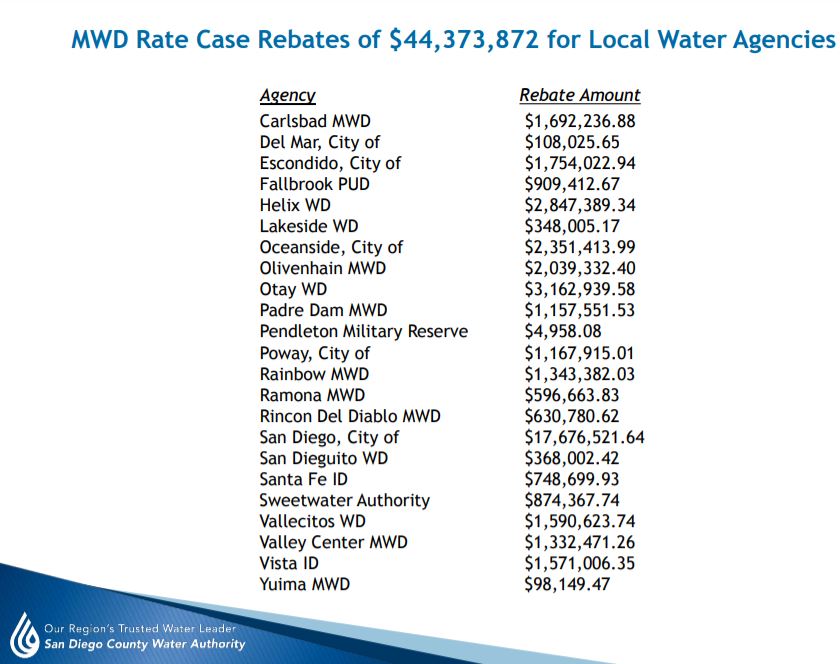San Diego Region is Drought-Safe This Summer
Statewide drought conditions are highlighting the value of regionally and locally controlled water supplies in San Diego County, where the Water Authority announced June 21 that the region is protected from drought impacts this summer, and through 2045, despite continued hot and dry conditions. No shortages or regional water-use mandates are in the forecast – the result of three decades of strategic investments that create an aquatic safety net for San Diego County’s $253 billion economy and our quality of life.
The region’s diversified water supply portfolio includes highly reliable and locally controlled supplies, including desalinated seawater from the Claude “Bud” Lewis Carlsbad Desalination Plant. It also includes high-priority, low-cost, conserved water from the Quantification Settlement Agreement, the nation’s largest conservation-and-transfer agreement. The combination offers significant protection against droughts and other emergencies even during multiple dry years.
San Diego region is “drought-safe” thanks to water-smart practices
I offer my sincere thanks to all San Diegans for everything you have done to make sure that we have enough water to meet the region’s needs now and for decades into the future. You have invested through your water bills and your water-smart practices, and those efforts are paying off in tangible ways.
At the same time, it’s important that we all continue embracing water-use efficiency strategies that have become part of our regional ethic. Simple but important steps include turning off the faucet while brushing teeth, fixing irrigation system leaks, and using hoses with automatic shut-off nozzles.
Thanks again for all you do, and remember to stay water-smart this summer!








